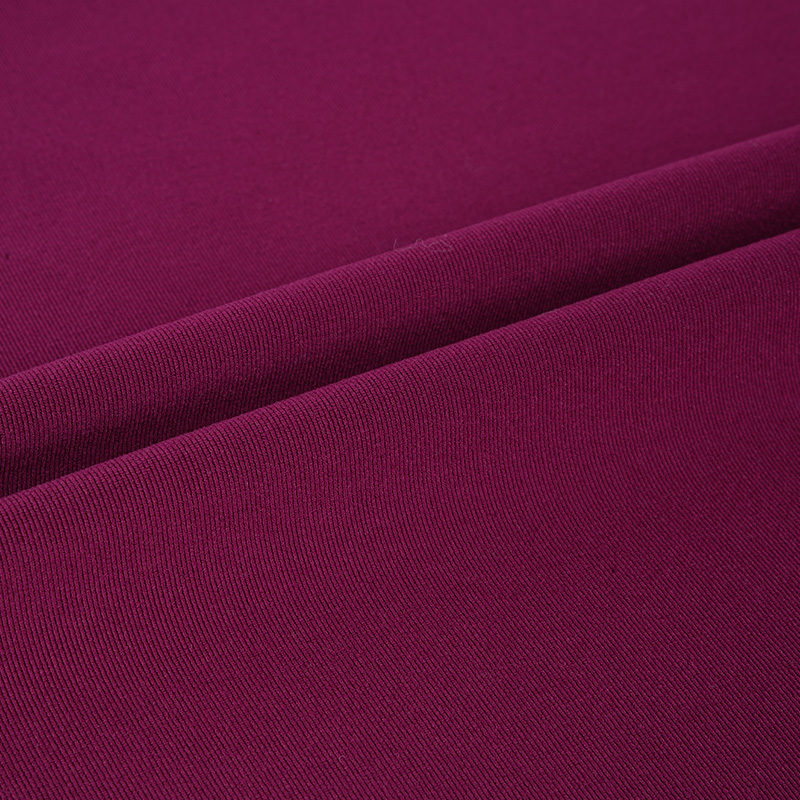We are located in Haining City, Zhejiang Province, one of China's famous knitting industrial Bases.
Advancements in fiber technology have played a critical role in transforming the performance of modern sportswear fabrics, particularly in the areas of moisture management and thermoregulation. These improvements are the result of innovations in both fiber composition and structural design, driven by the growing demand for high-performance athletic apparel that can meet the needs of professional athletes as well as everyday users.
One of the key developments in this field is the creation of synthetic fibers with engineered cross-sections. Unlike traditional round fibers, modern fibers can be designed with multi-channel or wedge-shaped profiles that increase surface area and promote capillary action. This structural enhancement enables faster and more efficient wicking of sweat away from the skin to the outer surface of the fabric, where it can quickly evaporate. This helps to keep the body dry and comfortable, even during intense physical activity.

In addition to physical structure, fiber chemistry has also evolved. Modern polyester, nylon, and polypropylene fibers can be treated with hydrophilic or hydrophobic finishes to control how moisture is absorbed and released. Dual-layer fabrics often incorporate both types of fibers—hydrophobic fibers on the inside to push moisture out, and hydrophilic fibers on the outside to spread moisture for rapid evaporation. This layered approach enhances overall moisture management and supports better thermoregulation by minimizing heat buildup.
Another significant innovation involves the use of hollow-core and microdenier fibers. These materials trap air within the fabric structure, providing insulation without adding bulk or weight. This contributes to better temperature regulation in both warm and cold environments. Some fibers are also embedded with phase-change materials (PCMs), which absorb, store, and release heat as needed, helping to maintain a stable microclimate close to the skin.
Moreover, fiber technology has enabled the integration of smart functionalities into sportswear. Some fabrics now incorporate conductive fibers or materials that respond to environmental stimuli, such as temperature and humidity, further optimizing the wearer’s comfort and performance.

 English
English  Español
Español  عربى
عربى 













